-
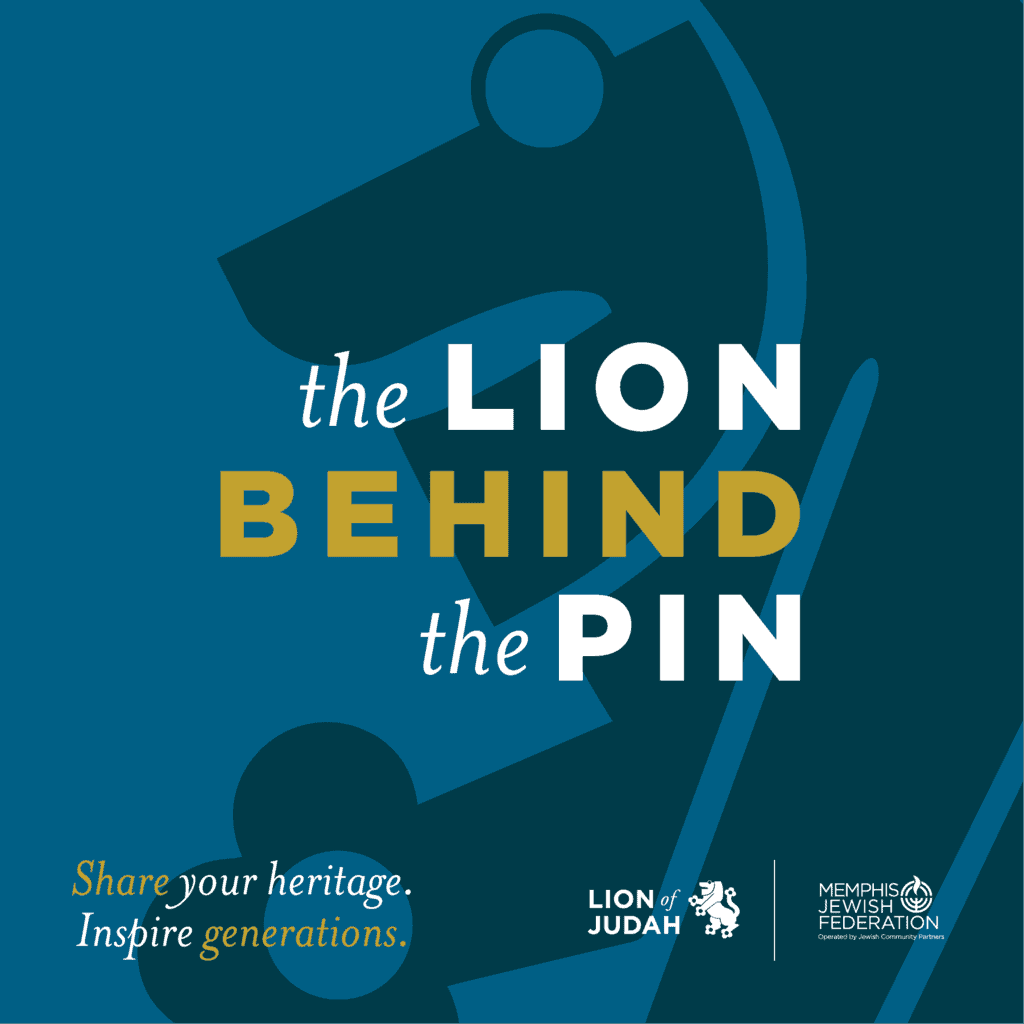
The Lion of Judah is one of the most successful fundraising tools in the world, raising millions of dollars every year and connecting more than 17,500 women around the world. The Lion of Judah is a symbol of today’s Jewish Woman’s strength, a symbol of her caring about the organized Jewish world. For generations, Memphis Jewish…
-

Jewish Community Partners President and CEO Laura Linder, or a special guest writer, sits down most Friday mornings to write a personal and timely letter to our beloved Memphis Jewish community. June 11- Longing for an Ordinary Day (by Bluma Zuckerbrot-Finkelstein) May 14- We Stand with Israel, Now and Forever March 25- (Above) Knowing the…
-

Yosef with family at the Kotel Yosef Vanderwalde, son of Drs. Lindi and Ari Vanderwalde, is a junior at the Cooper Yeshiva High School for Boys. Memphis Jewish Federation’s Lemsky Endowment Fund provided him with a Teen Israel Experience grant to help offset the cost of his Mach Hach Ba’Aretz Israel trip last summer. All…
-
By: Nadav Lowell, 11th grade, Cooper Yeshiva High School for Boys According to the YIVO Institute for Jewish Research, 1,350,000 Jewish children were killed in the Holocaust, leaving only 150,000 surviving. Those that survived did not escape unscathed; many witnessed horrific deaths and horrible crimes. Children were forced to grow up fast and become self-reliant…
-
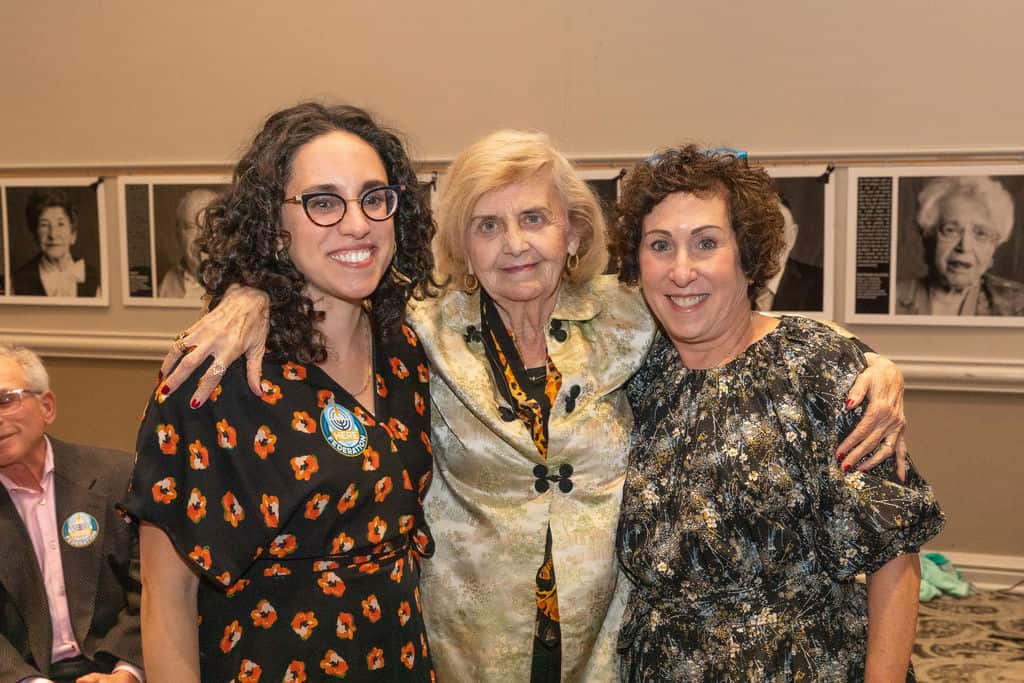
2023 Yom HaShoah event chairs, Dorothy and Michelle Goldwin with keynote speaker, Tova Friedman By Shoshana Cenker On Monday, April 17, more than 475 attendees packed the Memphis Jewish Community Center’s Belz Social Hall for Memphis Jewish Federation’s 61st Annual Yom HaShoah Commemoration. The Tennessee Holocaust Commission sponsored this year’s keynote speaker, child survivor Tova…
-
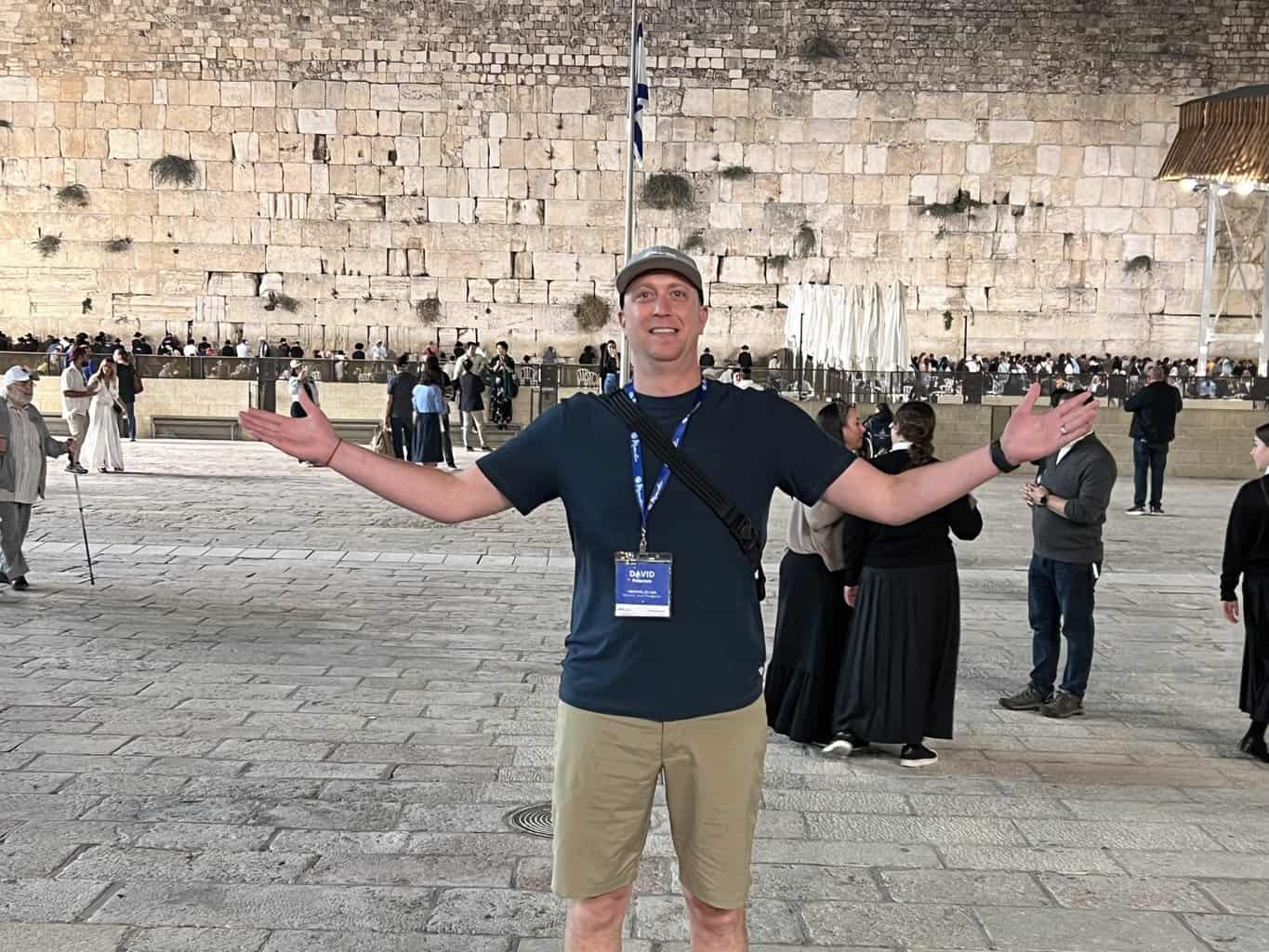
Imagine a life of wandering, and then on a 10-day trip, you find your way, and everything clicks! Picture finding and connecting with that spark! Realizing a connection to a peoplehood, a land, a nation-state, and cultivating a deep relationship with other Jewish men, all in only 10-days. If you can join a Momentum Men’s…
-
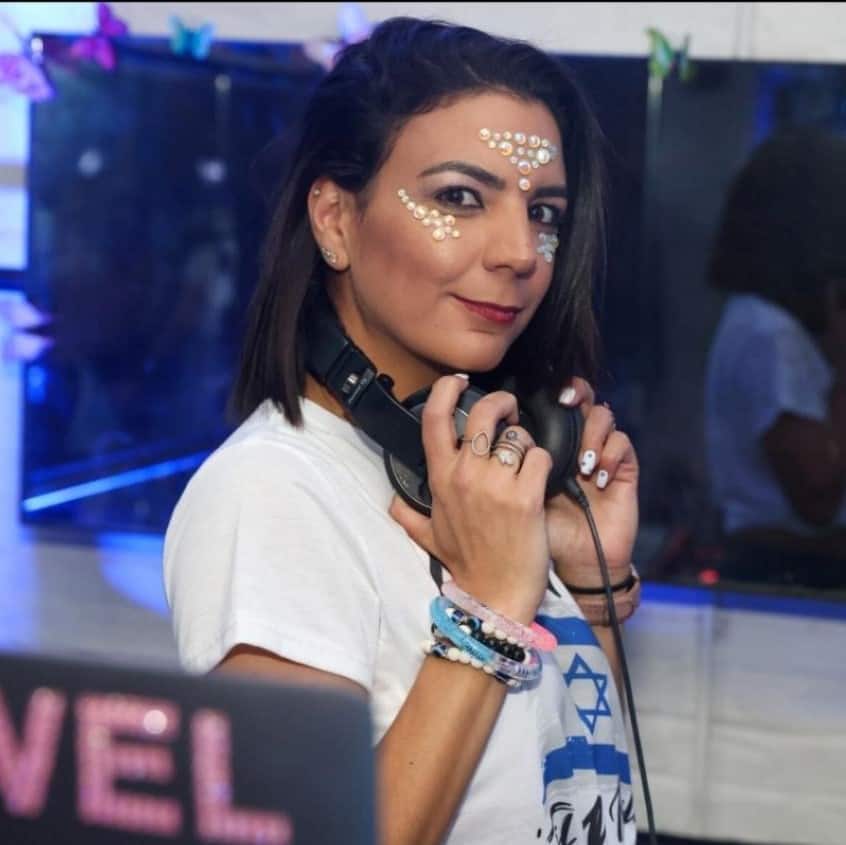
As anticipation builds for Shuk, Rattle and Roll – Memphis’ community-wide celebration of Israel’s 75th anniversary – Memphis Jewish Federation continues to finalize plans for the adult-only event, to be held on May 17th at the Memphis Botanic Garden at 6:30pm. The music for this fun, casual, yet meaningful event, will include performances by local…
-
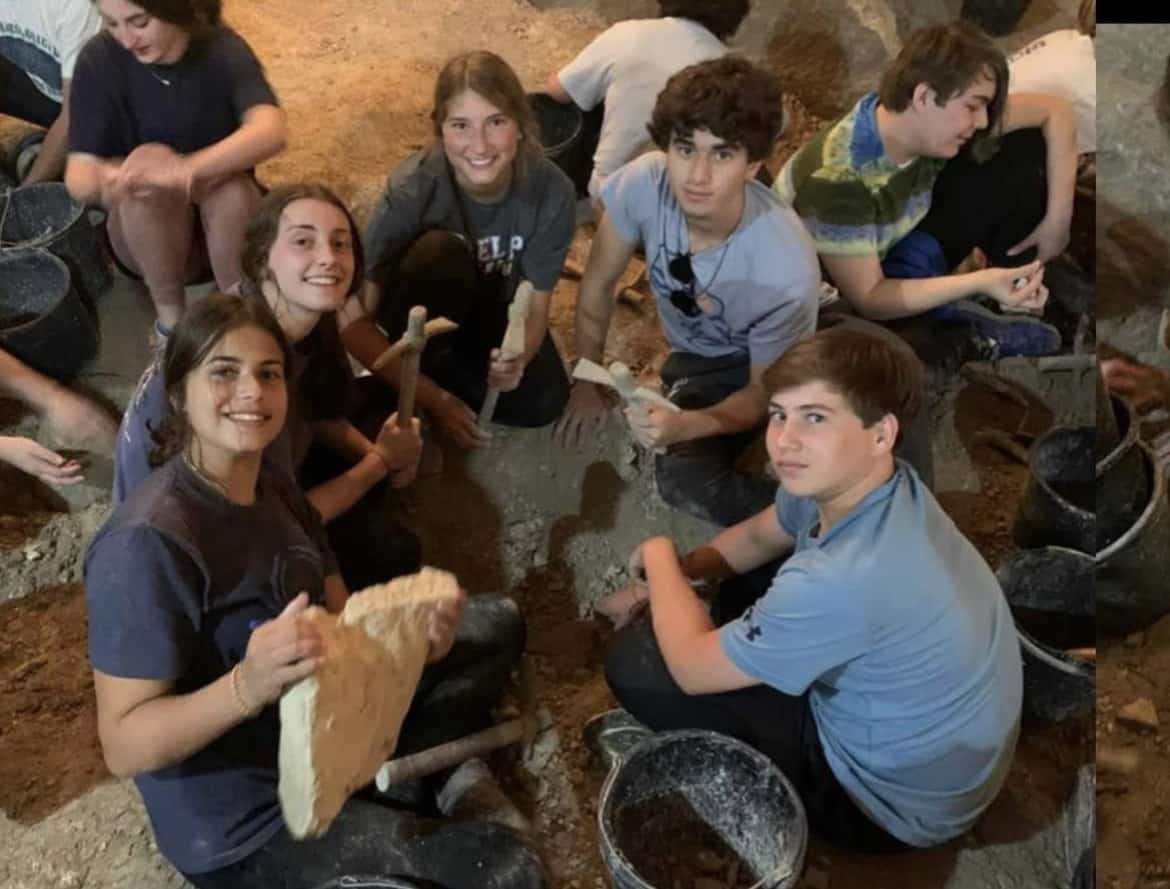
Ellie and Friends at an archeological dig. Ellie Royal, daughter of Leigh and Craig Royal is a junior at St. Mary’s Episcopal School. Memphis Jewish Federation’s Lemsky Endowment Fund provided her with a Teen Israel Experience grant to help offset the cost of her NFTY Jacobs Camp Israel trip last summer. All rising high school…
-
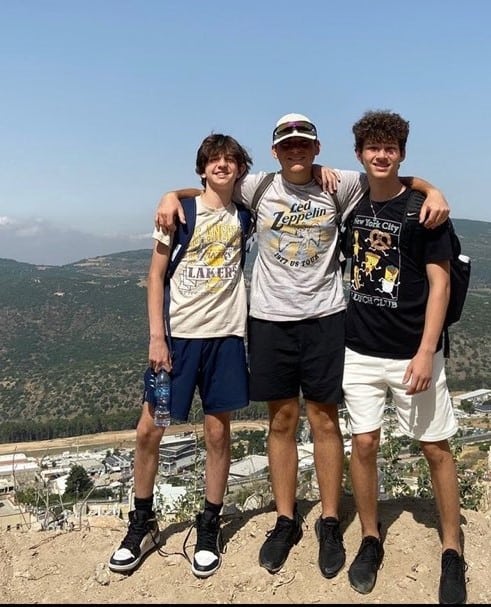
Henry Rochkind and friends in the Old City. Henry Rochkind, son of Leslie and William Rochkind, is a junior at Lausanne Collegiate School. Memphis Jewish Federation’s Lemsky Endowment Fund provided him with a Teen Israel Experience grant to help offset the cost of his BBYO Israel trip last summer. All rising high school juniors and…
-
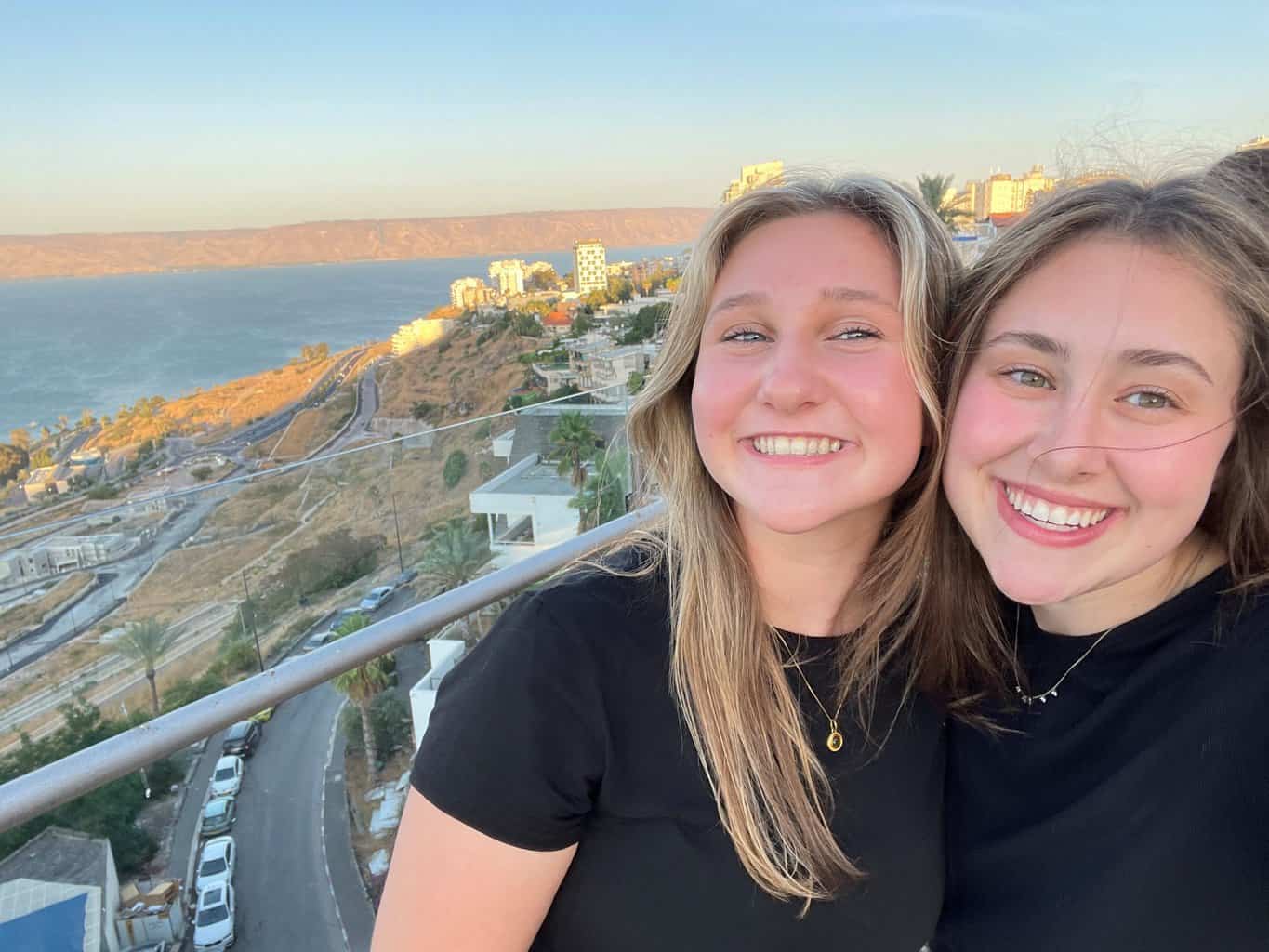
Natalie and her cousin Shayna in Tiberius. Natalie Mashinsky, daughter of Deena Thomas and Alex Mashinsky, is a senior at the Goldie Margolin School for Girls. Memphis Jewish Federation’s Lemsky Endowment Fund provided her with a Teen Israel Experience grant to offset the costs of her NCSY Euro Israel program in Israel. All rising juniors…
-
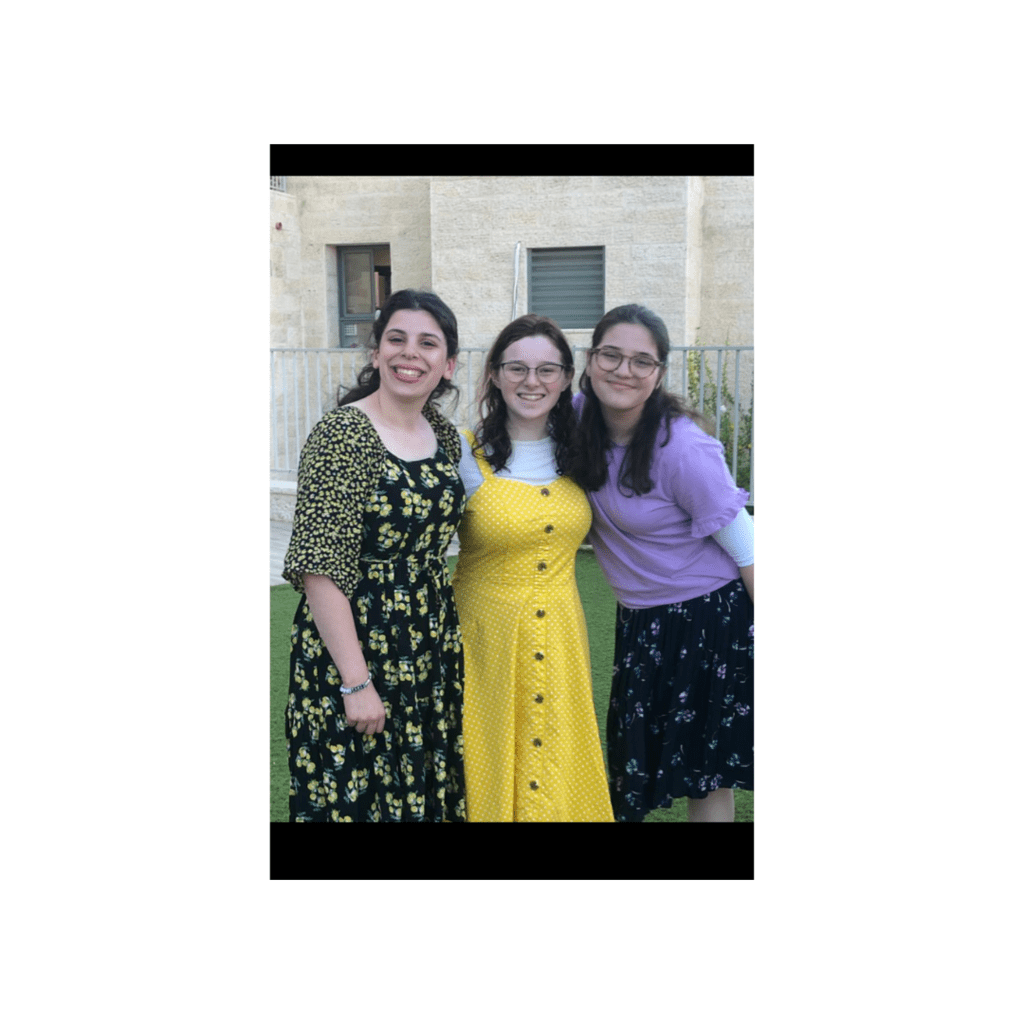
Shoshanah with Reyut Wasserstein and Eliana Waghalter By Shoshanah Kaplowitz Shoshanah Kaplowitz, daughter of Drs. Rebekah and Mark Kaplowitz, is a junior at the Goldie Margolin School for Girls. Memphis Jewish Federation’s Lemsky Endowment Fund provided her with a Teen Israel Experience grant to offset the costs of her Lindenbaum Lamdeni program in Israel. All…
-

Memphis Jewish Federation’s 61st annual Yom HaShoah Commemoration will be held Monday, April 17, 2023, at 6:30 P.M. in the Memphis Jewish Community Center Belz Social Hall. Open to the entire community, advance registration is required and can be found at www.jcpmemphis.org/yomhashoah. Dorothy Kelman Goldwin and Michelle Goldwin Kaufman, Co-Chairs of Federation’s Holocaust Memorial Committee,…